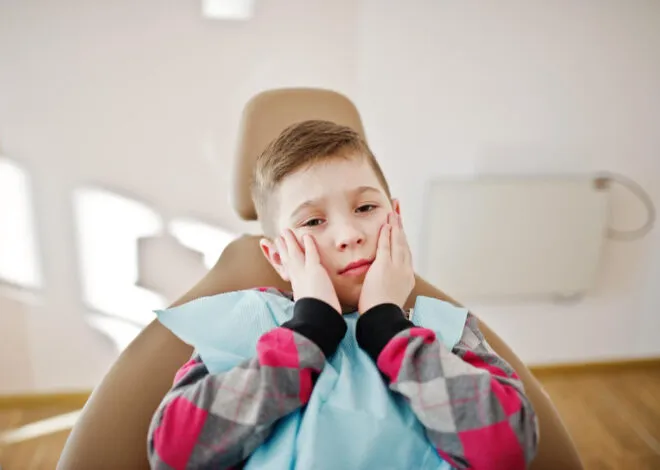Child Yeast Infections
Candida albicans and other species of Candida yeast live on the skin and moist areas of the body, such as the mouth and genitals. Everyone, from babies to elderly adults, has yeast living on their bodies. Usually, the yeast doesn’t cause harm. If the natural balance of microorganisms is disrupted, from illness, medications or changes in hormone levels, yeast can flourish, leading to an infection. Most yeast infections in children are treatable and will clear up quickly with medication.
Types
Several types of yeast infection affect children. Thrush is an overgrowth of Candida yeast in the mouth. It usually affects infants under the age of 6 months, according to Kids Health. If an older child gets thrush, this can usually indicate a sign of a more serious illness. Babies are also prone to a type of diaper rash caused by excess Candida. Pre-teen girls can get a vaginal yeast infection, though this is more common after puberty.
Who’s at Risk?
Babies and children who take a course of antibiotics are at greater risk for developing a yeast infection, as the antibiotics often clear out beneficial bacteria that keep the body’s Candida levels in check. A girl with uncontrolled diabetes may be at greater risk for a vaginal yeast infection, as a spike in blood sugar can increase levels of Candida. Hormonal changes, such as those that occur during puberty or during the menstrual cycle, can lead to a yeast infection as well. Babies are at risk of developing thrush because their immune systems haven’t developed enough to keep the yeast in control.
Symptoms
When a child has thrush, you should notice white, cottage cheese-like lesions on his tongue, the roof of his mouth and the cheeks, according to the Mayo Clinic. The corners of his mouth may crack. Some babies may be fussy when feeding from the pain in their mouths. A yeast infection diaper rash differs from a regular rash, typically lasting longer than two days and doesn’t clear up when you apply diaper rash ointment. It may have raised, bright red edges and smaller lesions next to the large rash. Symptoms of a vaginal yeast infection include itching and pain in the vaginal area as well as a thick, white discharge.
Treating Yeast Infections
Anti-fungal medications usually clear up yeast infections. A girl with a vaginal yeast infection may apply a topical cream to help soothe the itching and may use a suppository or take a pill to clear up the infection. Anti-fungal creams can also clear up a diaper rash caused by yeast. You can purchase an over-the-counter cream or your baby’s doctor may prescribe one. Your doctor may prescribe a mild anti-fungal to treat thrush in your baby.
Preventing Yeast Infections
Your daughter can try to avoid vaginal yeast infections by wearing cotton underwear and using unscented body soap and laundry detergent. You can prevent yeast infection diaper rashes in babies by always changing their diapers quickly after they become dirty. Wipe the baby’s bottom thoroughly with a baby wipe or moistened toilet paper and let it dry a bit before putting on a new diaper. You may want to let your child run around diaper-free for a short time every day, according to Baby Center. Always thoroughly clean bottle nipples and pacifiers before giving them to baby to help prevent thrush.




